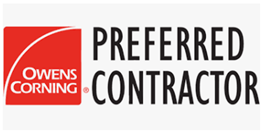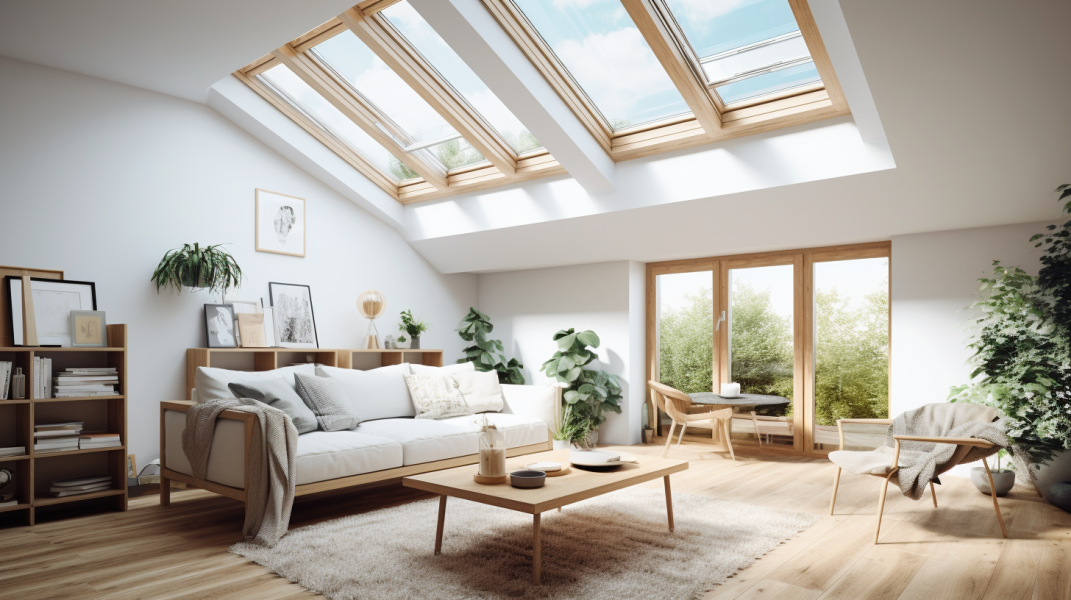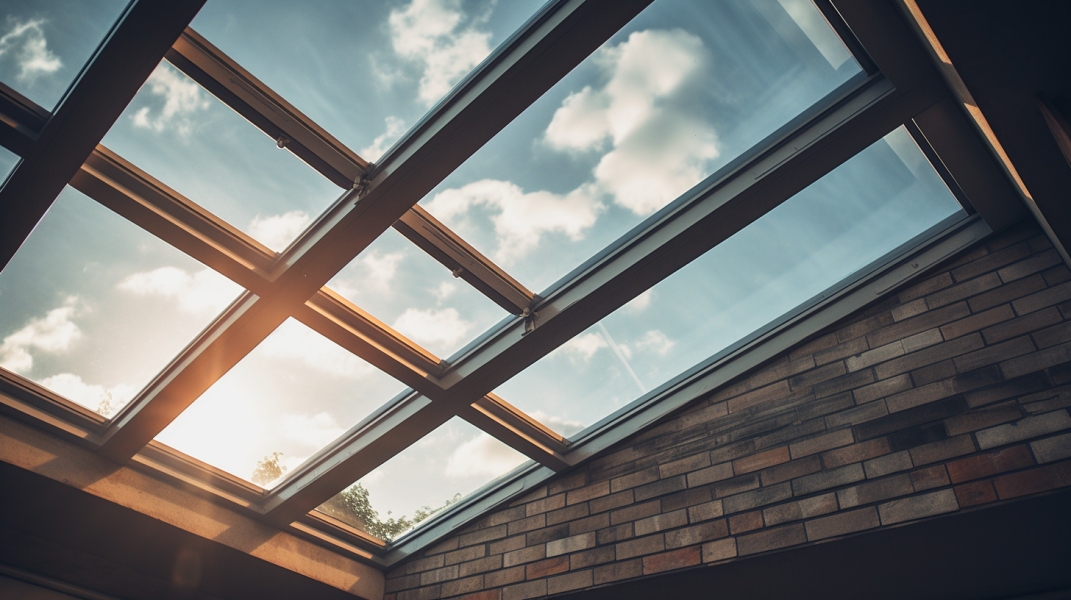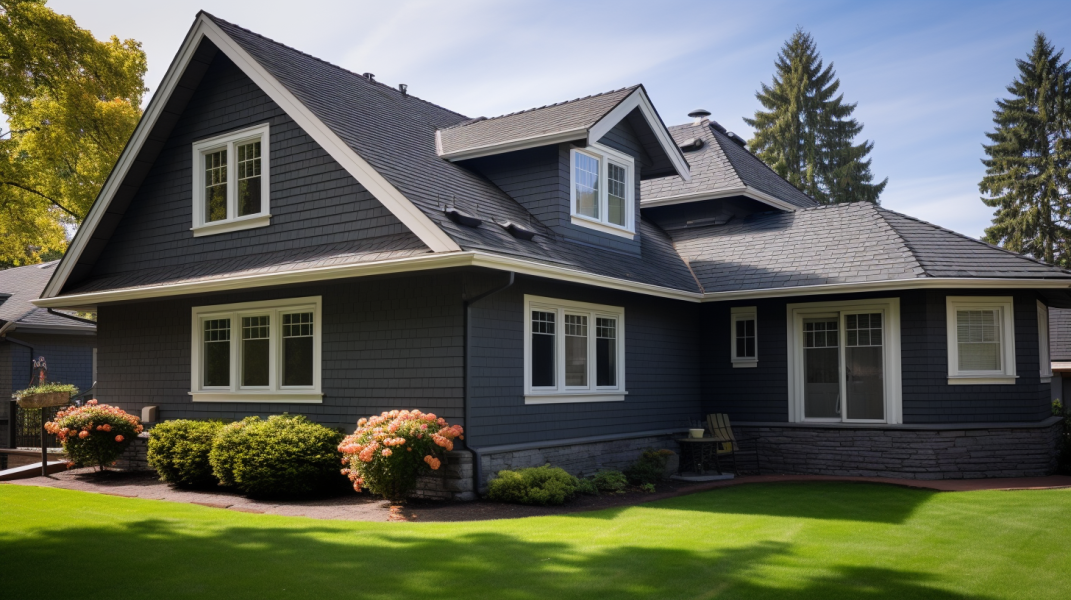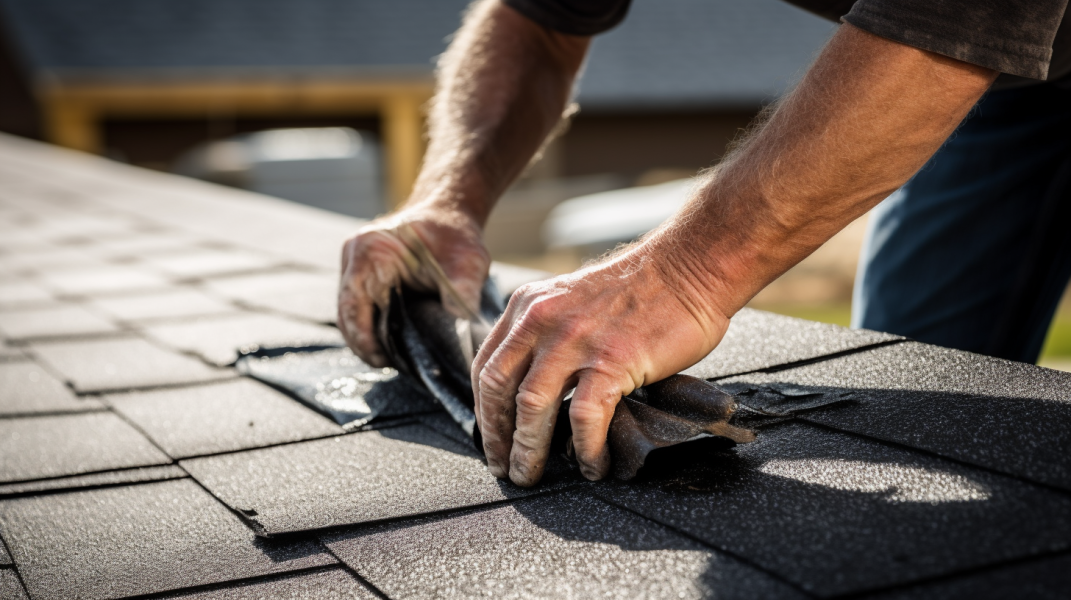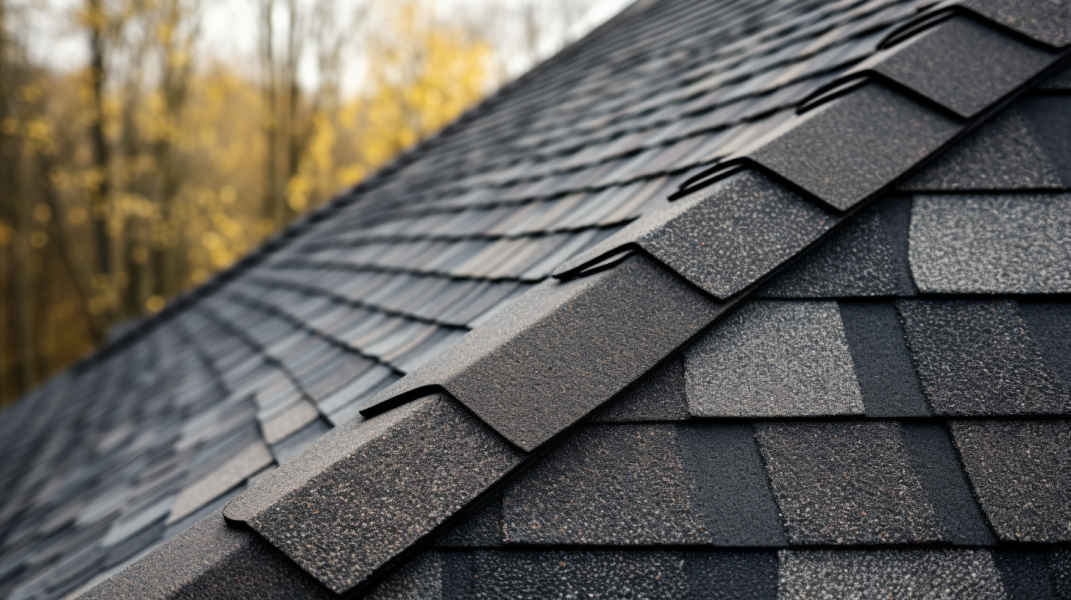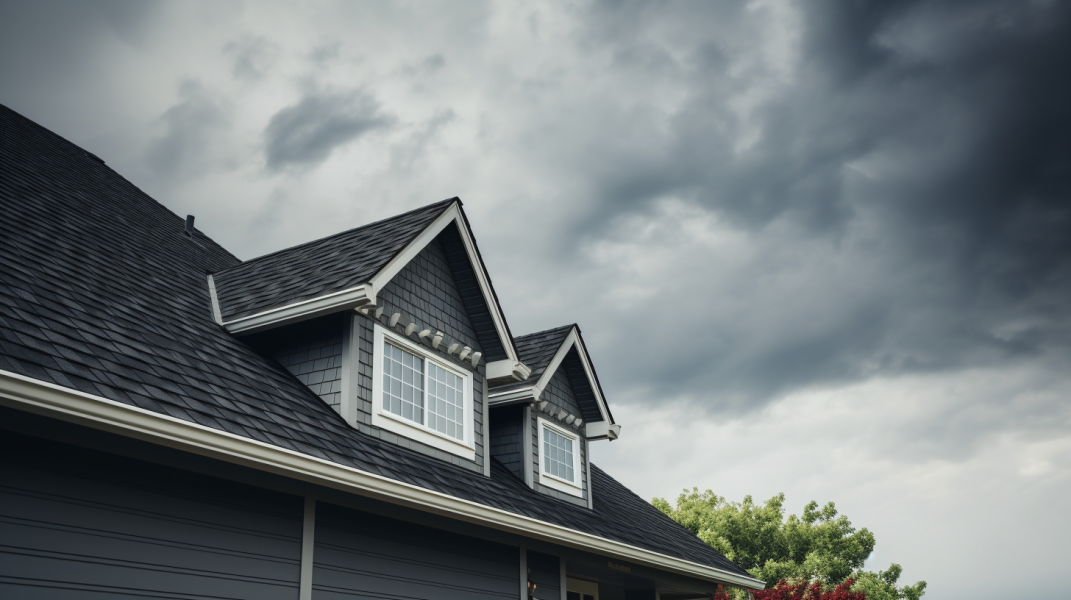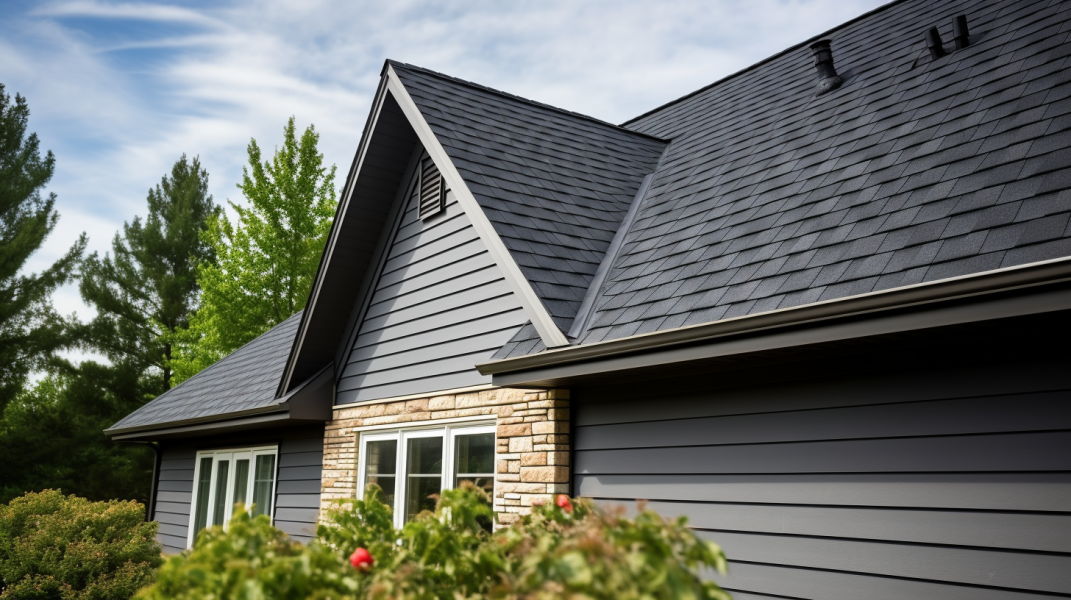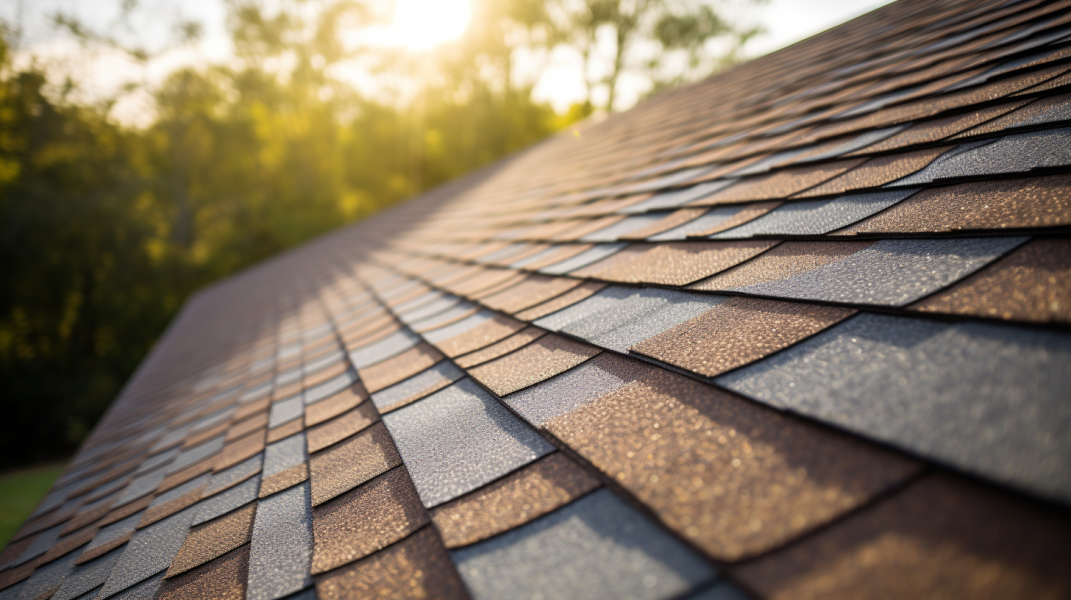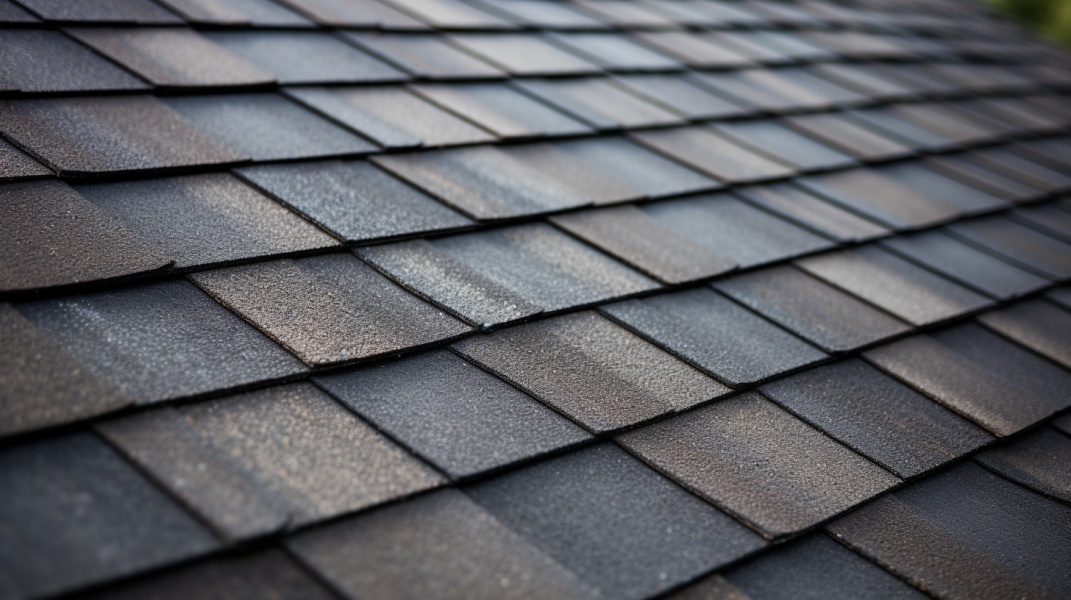How to Find a Roof Leak From the Outside?
A leaking roof can cause significant damage to your home if left unattended. Detecting and locating the source of a roof leak from the outside is crucial to prevent further water damage and address the issue promptly. This article will guide you through finding a roof leak from the outside.
Major Causes of Roof Leaks from the Outside
Understanding the leading causes of a leaky roof can help you narrow the search. Consider the following:
Damaged Shingles
One of the most common causes of roof leaks is damaged shingles. Over time, exposure to harsh weather conditions can cause shingles to crack, curl, or go missing. This allows water to seep through the roof, leading to leaks.
Inspect your roof for any obvious signs of damaged shingles, such as tears, cracks, or missing pieces. Damaged shingles are most likely to occur on older roofs or in areas with extreme weather conditions. They are the first thing to check in any roof leak repair task.
Faulty Flashing
Flashing is the material used to seal the edges, valleys, and roof penetrations, such as vents and plumbing vent boots. When flashing is improperly installed or damaged, it can create openings for water to enter.
Check for signs of damaged or corroded flashing around chimneys, vents, and other roof penetrations. Any gaps or separation between the flashing and the roof surface could be a potential leak source. You may want to start here for your roof repair project.
Roof Valleys
Roof valleys are the areas where two roof slopes meet. They are prone to leaks as water from both slopes converges in these areas.
Inspect the roof valleys for any signs of wear or damage, such as cracked or deteriorated shingles. Leaks originating from roof valleys may indicate a need for repairs or replacement of the flashing in that area.
Learn more about "Should I Stay Home During Roof Replacement?"
Damaged Roof Vent
Roof vents play a crucial role in maintaining proper ventilation in your attic. However, if the vents are damaged or improperly installed, they can become entry points for water.
Inspect the roof vents for any cracks, missing nails, or damaged rubber boots. Ensure that the vents are securely attached to the roof and that the rubber boots are in good shape. They are among the biggest causes of most roof leaks.
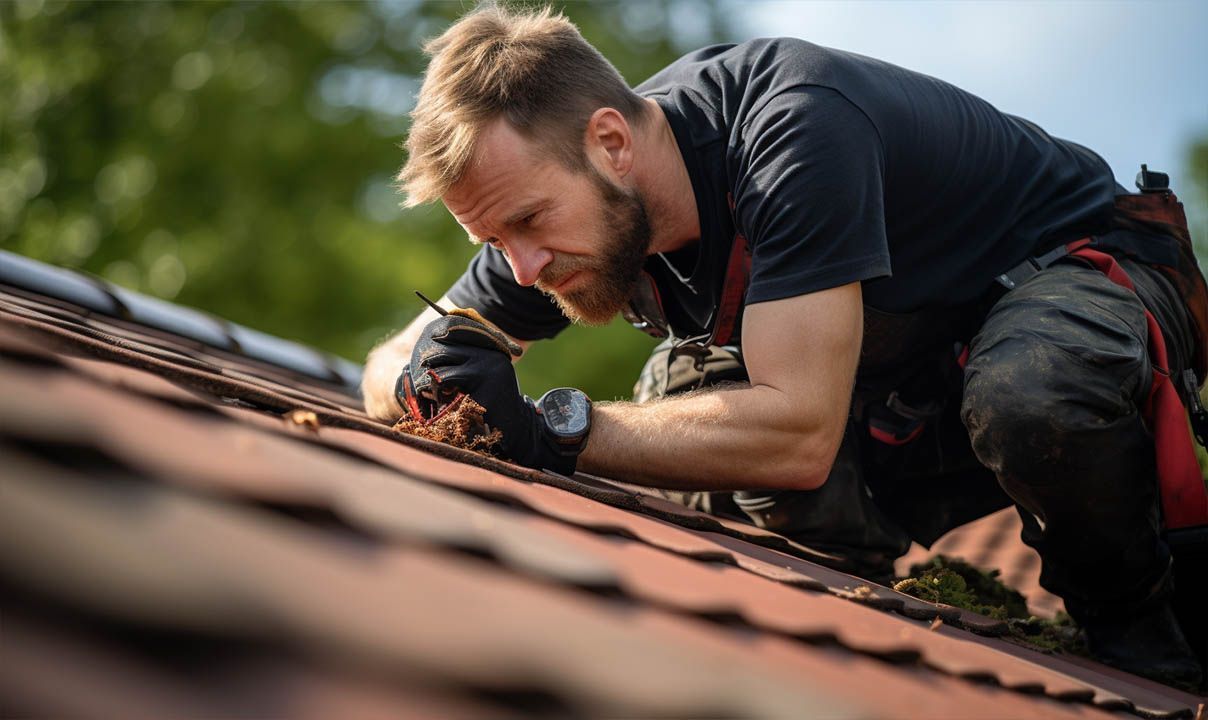
How to Find a Roof Leak from the Outside: A Comprehensive Guide
Here is a detailed guide on how to locate a roof leak from the outside.
Start with a Visual Inspection
Begin by visually inspecting the roof from the ground. Look for missing or damaged shingles, sagging areas, or debris buildup. Pay attention to trouble spots such as chimneys, vents, and roof valleys. Use binoculars for a closer examination if needed.
How to Do a Visual Inspection Effectively
When conducting a visual inspection to locate roof leaks from the outside, it's important to methodically examine the different elements of your roof. Here's a detailed guide on how to perform a visual inspection effectively:
Safety First
Before you start, ensure your safety by using proper precautions. Use a sturdy ladder that is in good condition and securely positioned on a level surface. Wear appropriate footwear with a good grip to prevent slips or falls. If you're uncomfortable with heights or unsure about conducting the inspection, it's best to hire a professional.
Start with a General Overview
Begin by taking a step back and assessing the overall condition of your roof. Observe it from different angles, noting any visible signs of damage or wear. Look for areas where the roof appears saggy, uneven, or shows signs of deterioration. Pay attention to the entire roof surface, including the edges, valleys, and intersections for exposed nails and similar issues.
Inspect the Roof Shingles
Next, focus on the shingles. Look for any missing, cracked, curled, or damaged shingles. Scan the entire roof, section by section, using your eyes or binoculars for a closer view.
Check for shingles that are out of place or have shifted position. Focus on areas where the shingles meet flashing or roof penetrations as its easier finding roof leaks from these areas.
Examine the Flashing
Inspect the flashing around chimneys, vents, skylights, and any other roof penetrations. Check for signs of corrosion, gaps, or separation between the flashing and the roof surface.
Look closely at the edges of the flashing for any lifting or damage. Damaged flashing can be a common source of roof leaks, so pay close attention to these areas.
Check the Roof Valleys
Roof valleys, where two roof slopes meet, are prone to leaks. Examine these areas carefully for any signs of wear, deterioration, or damage to the shingles.
Look for cracks, missing shingles, or any indications of water infiltration. Identifying potential issues in the roof valleys is crucial to prevent leaks from developing.
Assess the Roof Vents
Inspect the roof vents, such as plumbing vent boots and exhaust vents. Check for cracks, missing nails, or damaged rubber boots.
Ensure that the vents are securely attached to the roof and that the rubber boots are in good shape. Damaged or improperly installed vents can provide an entry point for water, leading to leaks.
Look for Other Telltale Signs
During your visual inspection, look for other signs that may indicate a roof leak. Look for water stains or discoloration on the exterior walls near the roofline.
Check the condition of the gutters and downspouts for signs of water overflow or blockages. Notice any areas where water may be pooling on the roof surface.
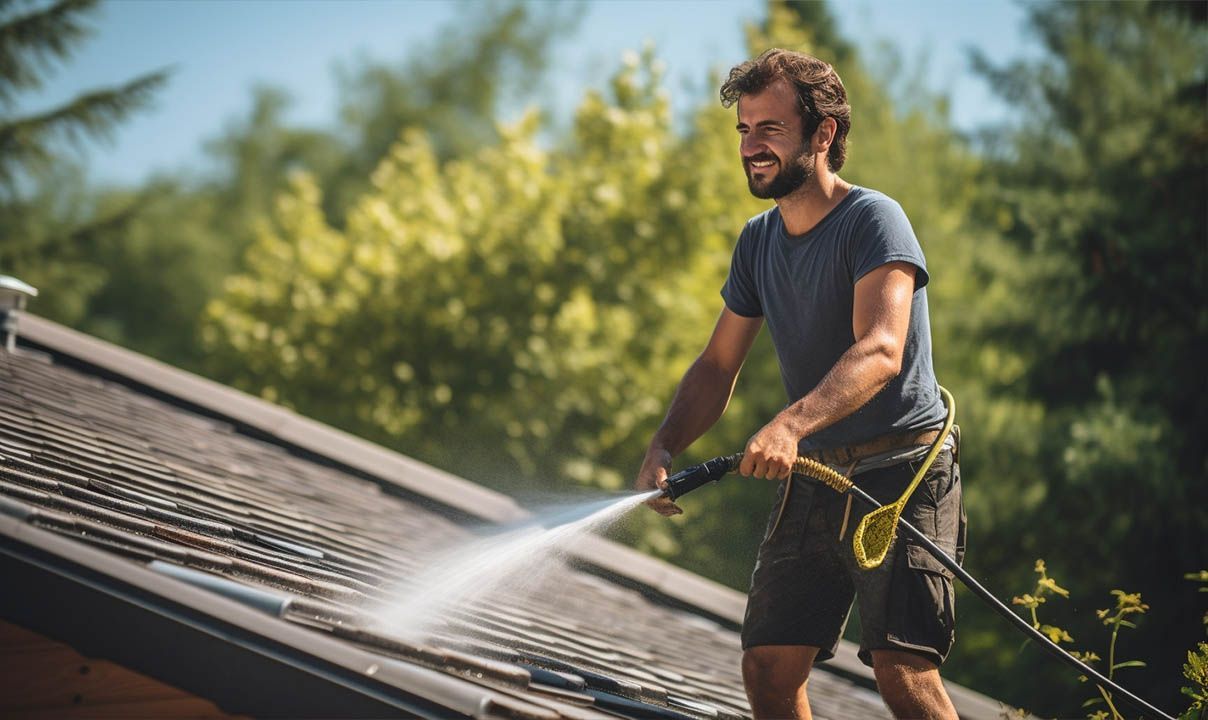
Utilize a Garden Hose
If the visual inspection doesn't reveal the source of the leak, you can simulate rainfall using a garden hose available at your local hardware store. Start at the roof's lowest point and work your way up, thoroughly soaking each section for a few minutes. Have a helper positioned inside the attic to alert you when water starts to drip.
Using a garden hose can be an effective method to identify the exact location of a roof leak. By saturating different areas of the roof one at a time, you can recreate the conditions that lead to leaks. Make sure to have a helper stationed inside the attic or the affected area of your home to communicate when water begins to enter, indicating the source of the leak.
Check for Water Stains and Mold Growth
Water stains on the exterior walls or interior ceilings can provide valuable clues about the location of a roof leak. Look for discoloration, moisture, or mold growth along the walls, particularly near windows, vents, or where the roof meets the walls. Check your interior walls since you can easily find roof leaks using any stains on these walls.
Water stains are telltale signs of a roof leak that may have already caused damage. Look for any discoloration or moisture marks on the exterior walls or interior ceilings. Watch for mold growth, which can indicate a chronic or long-standing leak. Focus on areas near windows, vents, or where the roof intersects with the walls.
Inspect the Attic
Access the attic to examine the underside of the roof. Look for any signs of water stains, moisture, or dripping water. Pay close attention to the areas directly above where the leak appears on the interior of your home. Use a bright flashlight to thoroughly inspect the attic for any telltale signs of water intrusion.
The attic is a crucial space to inspect when locating a roof leak. Look for any water stains or moisture marks on the underside of the roof. Check for any areas where water may be dripping or pooling.
Direct your attention to the sections of the attic that align with the spots where the leak is visible inside your home. Use a bright flashlight to ensure you don't miss any subtle signs of water intrusion.
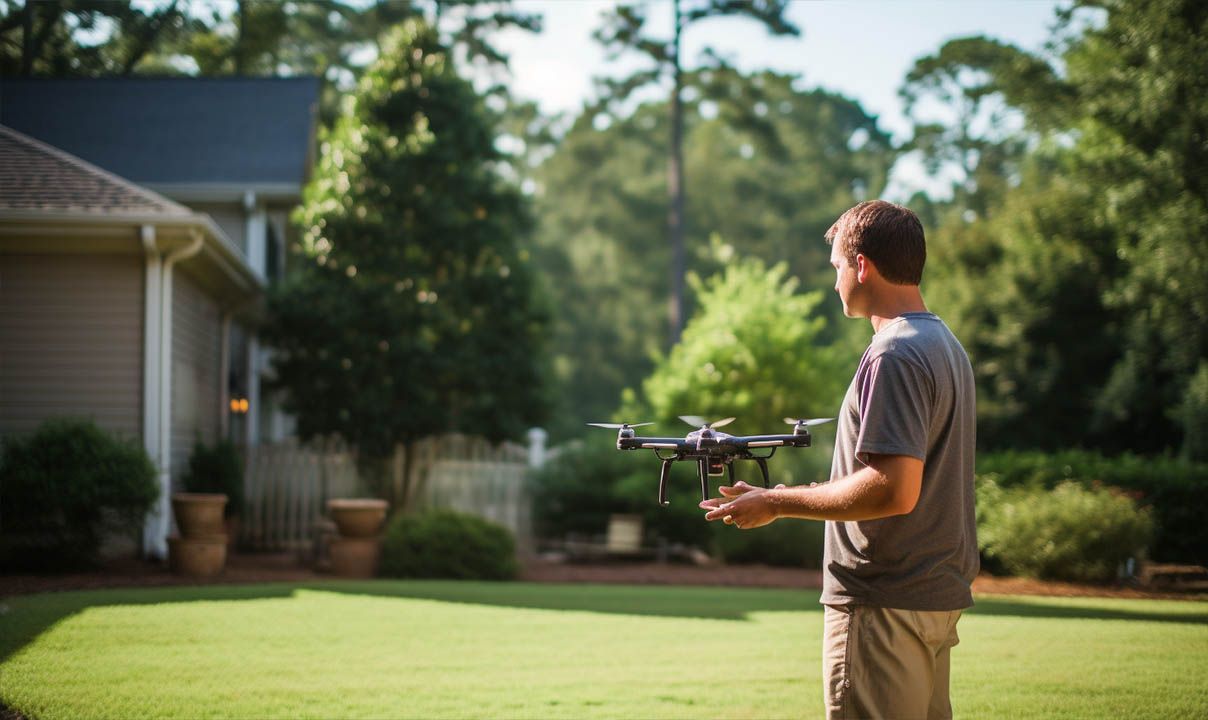
Can You Use a Drone to Locate Roof Leaks from the Outside?
Drones have become increasingly popular for various applications, including roof inspections. They can provide a unique perspective and help identify roof issues from a vantage point that may be difficult to access otherwise. While using a drone to locate roof leaks from the outside can be beneficial, there are some considerations to keep in mind:
Aerial View
One of the key advantages of using a drone is its ability to capture high-resolution aerial footage of your roof. By flying the drone above your home, you can obtain a comprehensive view of the entire roof surface, including areas that are challenging to observe from the ground. This can assist in identifying potential problem areas and even locating leaks.
Identifying Visible Damage
A drone's camera can capture detailed images and videos, allowing you to examine the roof for visible signs of damage closely. You can zoom in on specific sections of the roof, and inspect the condition of the shingles, flashing, and other components. Look for missing or damaged shingles, gaps in the flashing, or any other visible signs of water infiltration.
Assessing Roof Features
Drones can help assess various roof features, such as chimneys, skylights, and roof vents. These structures are common areas where leaks can occur. Using a drone, you can examine the condition of the flashing around these features and identify any issues that may contribute to water penetration.
Safety and Accessibility
Using a drone eliminates the need for physically accessing the roof, which can be challenging, particularly for steep or multistory roofs. It reduces the risk of accidents or damage during manual inspections. Drones can reach areas that may be difficult to access otherwise, ensuring a more comprehensive roof examination.
Limitations
While drones offer significant advantages, they do have limitations when it comes to detecting roof leaks. Drones primarily rely on visual inspection, meaning they may not be able to identify hidden leaks or underlying structural damage. They cannot assess the condition of the roof sheathing, insulation, or other components that may require closer inspection.
Weather Conditions
Weather conditions can influence the effectiveness of drone inspections for roof leaks. Strong winds or rain can impact the stability and maneuverability of the drone, making it difficult to capture clear and accurate footage. It's important to ensure favorable weather conditions for conducting a drone inspection.
Remember that using a drone for roof inspections requires proper piloting skills and knowledge of local regulations. Hiring a professional drone operator or a roofing contractor experienced in using drones for inspections may be beneficial.
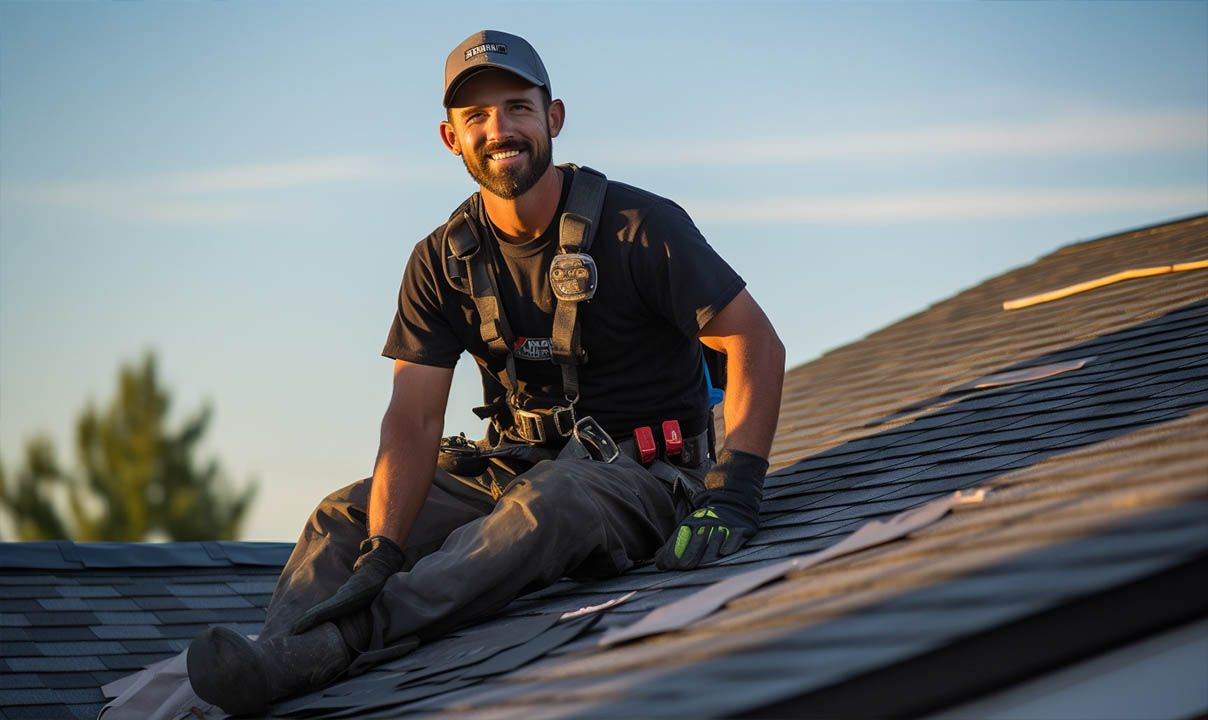
Call a Professional Roofer: The Importance of Hiring a Qualified Roofing Company
When it comes to roof inspections, the choice between a DIY inspection and hiring a professional roofer is crucial. Here's why you should consider calling a qualified roofing company:
- Expertise and Experience: Professional roofers have the knowledge and experience to identify roof issues accurately.
- Safety: Roof inspections can be dangerous, but professionals are equipped with the necessary safety measures.
- Comprehensive Assessment: A professional roofer can conduct a thorough examination, including hidden leaks and structural damage.
- Access to Specialized Tools: Roofing companies have specialized tools to detect leaks and assess the roof's condition.
- Proper Diagnosis: Professionals can pinpoint the exact cause of the leak and recommend appropriate repairs.
- Preventative Maintenance: Qualified roofers can identify potential issues early on and suggest preventive measures to avoid future problems.
- Warranty and Insurance: Reputable roofing companies offer warranties and insurance coverage for their work, providing peace of mind.
- Efficient and Timely Repairs: Hiring a professional ensures timely repairs to prevent further damage to your roof and home.
By calling a professional roofer, you can benefit from their expertise. They do this through assessments, and efficient repairs, ultimately prolonging the life of your roof and protecting your investment.
Conclusion
Finding a roof leak from the outside is a critical task that requires careful inspection and attention to detail. By understanding the major causes of roof leaks, you can narrow down the potential sources of the leak. Conducting a visual inspection, using a garden hose to simulate rainfall, checking for water stains and mold growth, and inspecting the attic are effective steps in locating the source of the leak.
While DIY inspections can be helpful, it is important to recognize the value of hiring a qualified professional roofer. They can accurately diagnose the cause of the leak and provide efficient and timely repairs, ensuring the longevity of your roof and preventing further damage to your home. Additionally, professional roofers offer warranties and insurance coverage, giving you peace of mind.
Nova Home Improvements offer the most comprehensive roofing solutions. Whether it's assessing minor roof leaks or handling major repairs, it is a company you can trust. Use such services, and you will never have to worry too much about roof leaks.


